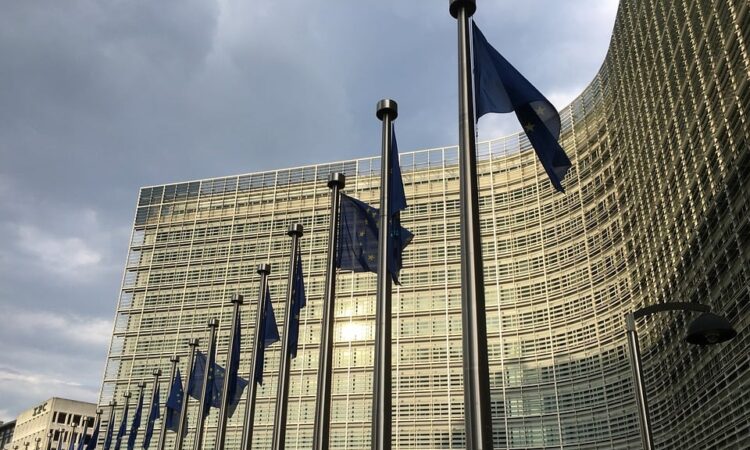
new-european-bauhaus.europa.eu/get-involved/neb-investment-guidelines_en”>New European Bauhaus (NEB) Investment Guidelines, a tool to illustrate how public and private investments can integrate the values of sustainability, inclusion and aesthetics promoted by the NEB to transform Europe’s built environment. The NEB Investment Guidelines result from close cooperation between the Commission and JASPERS (Joint Assistance to Support Projects in European Regions), an advisory programme funded by the Commission and the European Investment Bank.
The guidelines provide investors and developers with best practices and quality guarantees to put the NEB into practice and boost investments that transform buildings, open spaces and neighbourhoods while incorporating aesthetical aspiration, commitment to sustainability and affirmation of social values, inclusion, affordability and accessibility.
The guidelines support the NEB’s goals, helping shape projects that back the positive transformation of societies. All EU Member States are expected to go through large rounds of investments in the built environment to address challenges such as climate neutrality, adaptation to climate change, rapid urbanisation, response to humanitarian crises, as well as accessibility and affordability of sustainable high-quality housing, construction and renovation.
Advice and recommendations to redirect investments towards NEB-inspired projects
Implementing the NEB values and principles in private and public investments can bring benefits if additional efforts are put towards higher quality. By embracing the NEB values and principles, the guidelines help investors understand qualitative benefits and mitigate costs, supporting them in implementing projects that would be long-lasting, going beyond purely financial considerations. By integrating aesthetics, sustainability and inclusiveness, the NEB adds a unique quality to investment projects, making them appealing to investors seeking sustainable and impactful projects.
In particular, the guidelines put forward a number of NEB Investment Recommendations, which help shape high-quality projects aligned with the NEB values and principles.
Next steps
The New European Bauhaus Investment Guidelines are conceived as a practical tool that will support increased investment in NEB projects along the NEB Facility and other EU programmes as well as other funding supporting NEB implementation in the years ahead.
They are expected to facilitate crowding in investments to urban and rural regions, including remote or marginalised areas, thereby providing economic opportunities and fostering inclusive growth for communities on the ground and promoting balanced territorial development.
Background
Launched by the European Commission in 2021, the New European Bauhaus is an EU policy and funding initiative that aims at transforming the built environment, leading to holistically thought and designed buildings, open spaces and neighbourhoods under the EU Green Deal transition. It is looking for solutions that are not only sustainable, but also inclusive and beautiful, while respecting the diversity of places, traditions, and cultures in Europe and beyond.
The built environment as a major economic sector heavily impacts resources, the environment and climate change. It faces high demand for new and updated assets due to population growth and increasing urbanisation. At the same time, it impacts individual well-being and societal function. The New European Bauhaus builds upon these characteristics and needs, offering innovative solutions for transforming the built environment towards sustainability, inclusion and aesthetics.






